Witnessing wildlife in its purest form is a pilgrimage, not just a vacation. Step beyond the ordinary to experience Earth's raw, unfiltered dramas – from thundering migrations to intimate encounters with giants. These 5 journeys are the pinnacle of global wildlife tourism, promising unforgettable memories. Let the adventure begin!
So, which of the planet's most astonishing natural spectacles will you experience first?
The Great Wildebeest Migration
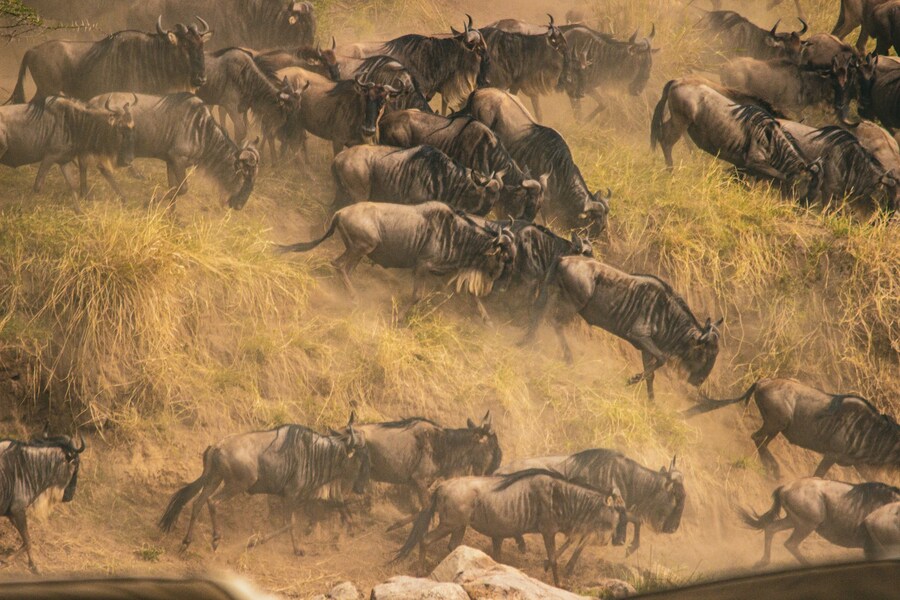
Source: Denice Alex/Unsplash
There's no sound quite like the combined thundering of 2 million hooves hitting the earth simultaneously, a deep, resonating hum that vibrates through the very soles of your boots and into your core. This is the soundtrack to the Great Wildebeest Migration, the largest overland mammal movement on Earth, an epic, year-long odyssey traversing the plains of the Serengeti in Tanzania and the Maasai Mara in Kenya. It's a spectacle defined by ceaseless, relentless motion, driven by the ancient search for rain and fresh grazing. The sheer scale of the herds – comprised primarily of wildebeest, but also tens of thousands of zebras and gazelles – defies description; it's a river of life that stretches as far as the eye can see, dominating the horizon with a sea of brown and black bodies. The drama reaches its climax during the river crossings, particularly the treacherous, crocodile-infested waters of the Mara River. Here, hesitation means death, and the chaotic surge of animals launching themselves into the churning currents is a desperate, spectacular ballet of survival. One moment, there's tension and fear on the bank; the next, the water explodes into a violent, frothing maelstrom of splashing bodies, snapping jaws, and overwhelming noise, followed by the quiet determination of the survivors climbing the opposite bank.
The experience varies month-to-month, from the calving season on the southern Serengeti plains in the early years, where thousands of newborns enter the world almost simultaneously, to the dramatic crossings of mid-year. Planning your trip must align with a specific stage of the migration, as the exact timing is dictated entirely by the unpredictable weather patterns. Expert guides are crucial for tracking the herds, ensuring your safari vehicle is positioned to capture the intensity of this incredible natural phenomenon, a true testament to the persistence of life against all odds. It's a powerful reminder that the wild heart of Africa still beats strongly, governing the lives of its inhabitants with an ancient, unwavering hand. The dust kicked up by the movement creates stunning, golden-hour photo opportunities, but it's the raw emotion of the event – the fear, the triumph, the relentless cycle – that remains etched in the memory long after the dust has settled and the plains return to their deceptive stillness. This vast movement provides a constant feast for the continent's major predators, with lions, hyenas, and leopards always closely shadowing the fringes of the great throng, adding a layer of permanent, visceral danger to the proceedings.
Gorilla adventures
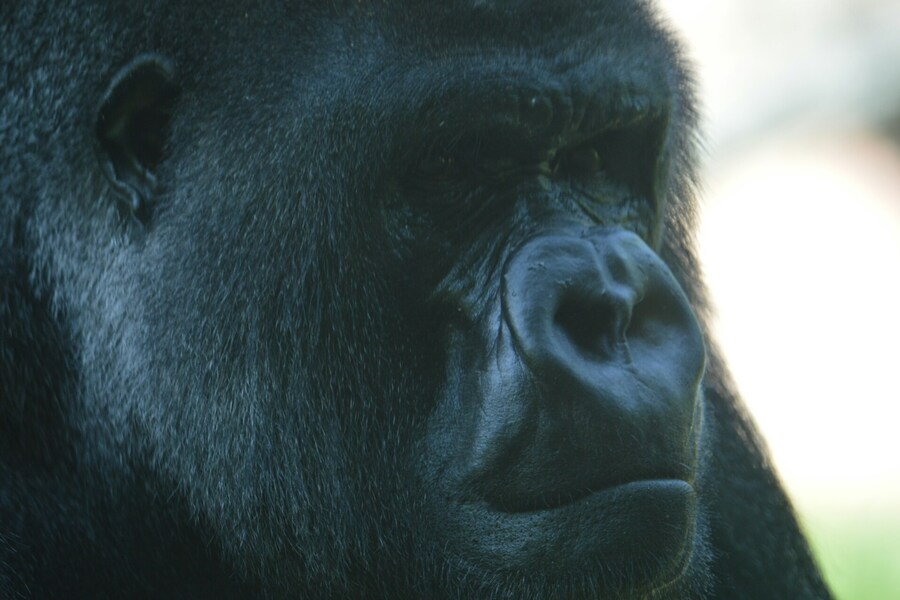
Source: Trent Pickering/Unsplash
Few encounters in the natural world can match the quiet intensity and emotional depth of sitting amongst a family of mountain gorillas in the dense, misty rainforests of Uganda, Rwanda, or the Democratic Republic of Congo. Gorilla trekking is an experience predicated on patience, physical exertion, and deep respect for these magnificent, critically endangered primates. After securing one of the strictly limited and highly sought-after permits, the journey begins with a strenuous, often muddy trek led by expert trackers and armed rangers. The hike can last anywhere from 30 minutes to several hours, ascending and descending steep, vine-tangled slopes. The moment of discovery, however, is a reward that instantly justifies the arduous climb. When you finally reach the habituated family, a profound stillness descends. You are instructed to sit quietly, maintaining a distance of 7 meters, though often the gorillas themselves choose to come closer. For the allowed hour, you are permitted into their intimate world: watching a mother gently groom her baby, observing juveniles tumbling and playing just like human children, and most importantly, meeting the gaze of the commanding silverback, the patriarch of the family. This eye contact is perhaps the most moving aspect, conveying an undeniable sense of intelligence, peace, and shared ancestry. The gorillas aren't performing; they are simply existing, utterly indifferent to your presence after their initial curiosity fades.
The conservation efforts surrounding these animals are a powerful success story, with responsible, high-cost tourism being the primary driver for their protection, financing the anti-poaching and habitat preservation patrols that keep the population stable and slowly growing. The journey to the parks, whether through Entebbe in Uganda or Kigali in Rwanda, often involves complex travel logistics, including internal flights and long drives on challenging roads. Before embarking on a trip of this magnitude, the preliminary planning involves considering how to manage the travel to the departure airport. For travellers looking to secure efficient and cost-effective arrangements for their vehicle while they are away in the jungle, utilizing an airport parking app can simplify the process entirely. Services like ParkingNearAirports.io offer a streamlined platform for pre-booking a secure spot near the airport, allowing adventurers to easily compare various off-site options, ensuring everything from long-term stay to quick-turnaround journeys is accommodated. This kind of preparation ensures that the start and end of your wildlife pilgrimage are as stress-free as possible, and it's here where you can often find fantastic parking discounts by booking well in advance of the travel date. Understanding the variable airport parking fees across different terminals and providers is a key part of responsible trip budgeting, ensuring that the necessary focus remains on the conservation-critical experience ahead, rather than last-minute travel stresses.
Catch a cheetah in action
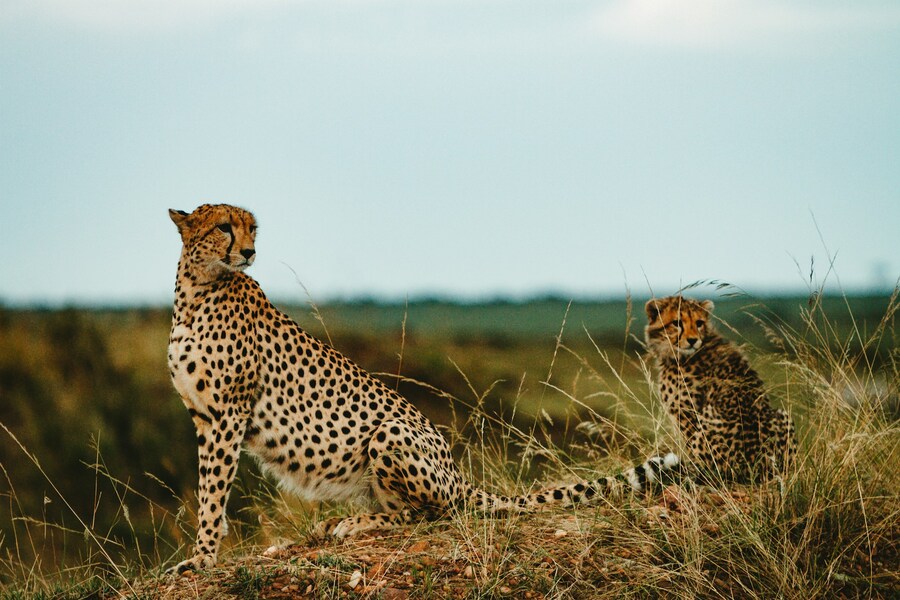
Source: lee bernd/Unsplash
The African plains offer a vast, unbroken theatre for the endless saga of life and death, but few moments are as heart-stopping as witnessing a cheetah launch into a full-speed chase. Cheetahs are the embodiment of pure, streamlined velocity, built for a specific, explosive kind of hunting. Unlike the robust, patient stalking of a lion or the coordinated pack work of a wild dog, the cheetah relies almost entirely on its physics-defying acceleration, reaching speeds that can exceed 60 miles per hour in mere seconds. To observe this is to watch kinetic energy translated into a lethal, beautiful dance. The moment begins with a period of intense, almost unnerving stillness. The cat, often perched atop a termite mound or a low vantage point, scans the horizon with telescopic intensity, its black tear marks – acting like an athlete's glare-reduction strips – enhancing its focus. The target is selected – usually a young gazelle or a smaller antelope – and the stalk begins, low and slow, using every fold and shadow of the terrain for cover until the final sprint range is achieved. When the ambush is sprung, the transition from repose to full flight is instantaneous and shocking.
The chase is short, often lasting less than a minute, a desperate blur of motion, dust, and focused intent. While the success rate for a cheetah is relatively high compared to other big cats, the pursuit is always a gamble, a colossal expenditure of energy that demands a swift resolution. It's a moment that showcases nature's supreme engineering, a fragile blend of power and elegance. The best places to reliably observe cheetah hunts are open savannahs in protected areas, such as the Maasai Mara in Kenya or the vast, open plains of the Kgalagadi Transfrontier Park in South Africa and Botswana, where their specialized hunting style is most effective. Ethical viewing is paramount; vehicles must remain at a respectful distance, never interfering with the hunt or the predator's rest. Guides will often position the vehicle so that the cat's path crosses a point a safe distance away, providing a privileged, unobstructed view of the speed and agility that defines this magnificent creature. This experience is a profound illustration of the brutal efficiency of the food chain, a moment of fleeting violence followed by the quiet return to the rhythm of the savannah.
Turtles laying and hatching
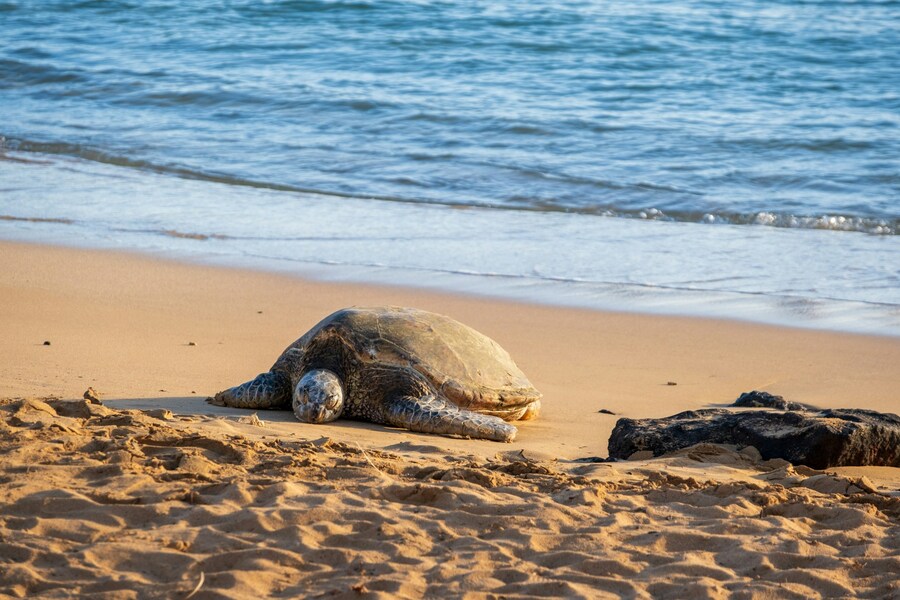
Source: Sylvain Cleymans/Unsplash
Leaving the terrestrial theatre of the savannah, the focus shifts to the coastal margins, where a ritual of immense antiquity unfolds annually: the nesting and hatching of sea turtles. This is a quieter, more patient drama, conducted under the vast canopy of a tropical night sky, yet it's equally as powerful as any roaring pursuit. Female sea turtles, often traveling thousands of miles and navigating by the Earth's magnetic fields, return faithfully to the very beaches where they were born decades earlier. The process of nesting is slow and deliberate. The massive, ancient reptiles haul their prodigious weight out of the surf and painstakingly drag themselves up the sand past the high-tide line. Using their powerful hind flippers, they excavate a deep, flask-shaped nest, a methodical, laborious process that can take hours. The laying of the eggs – dozens or even over a hundred, depending on the species – is a moment of profound vulnerability and instinctual imperative. Once covered, the nest is disguised, and the mother returns to the ocean, leaving her future progeny entirely to the mercy of the sand and the sun.
The second, arguably more electrifying spectacle occurs 50 to 70 days later, when the tiny hatchlings emerge en masse from the sand. This event, which usually occurs under the cover of darkness to avoid predators and the heat of the day, is a desperate race for survival. Hundreds of tiny, determined turtles erupt from the nest and make a frantic, chaotic dash for the sea, guided only by the glimmer of the moonlit water. They must evade ghost crabs, birds, and other opportunistic predators. Observing this spectacle, often under the strict supervision of conservation groups in places like Tortuguero National Park in Costa Rica, or along the Omani coast, is a moving lesson in the power of instinct. It highlights the incredible fragility of life, where only a tiny fraction of the hatchlings will survive to adulthood and one day return to repeat the cycle. The experience demands a silent, non-intrusive approach, emphasizing the importance of ecotourism that supports the protection of these vital breeding grounds. The guides ensure that no artificial light is used, as it can confuse the hatchlings' natural navigation towards the ocean, guaranteeing that the viewing respects the delicate balance of this prehistoric reproductive ritual. It's a tangible link to the planet's deep past, a reminder that life's most persistent drivers are often its most understated.
Flamingo flocks in flight
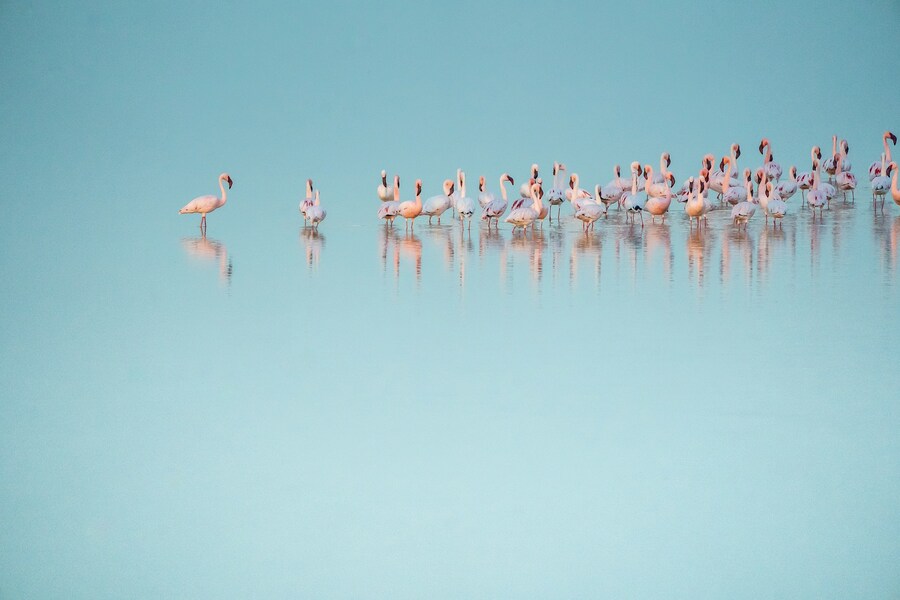
Source: Eelco Böhtlingk/Unsplash
The 5th and final essential wildlife experience is an astonishing demonstration of collective animal beauty: the congregation of millions of flamingos on East Africa's soda lakes. This is a spectacle defined by color, scale, and sound, a breathtaking, living landscape that seems to defy reality. Lakes, such as Nakuru and Bogoria in Kenya, and Natron in Tanzania, are periodically transformed into vast, undulating canvases of vibrant pink, the color derived from the algae and crustaceans that thrive in the highly alkaline waters. Lesser Flamingos, making up the bulk of the population, are drawn to these waters to feed on the spirulina algae, while the taller, paler Greater Flamingos, which are more widely distributed, also contribute to the avian kaleidoscope. The visual impact is overwhelming. The immense flock stretches from the shore to the horizon, creating a shimmering, feathery ribbon against the stark, volcanic landscape. When disturbed – perhaps by an eagle or a low-flying plane – the mass takes to the air in a unified, synchronized burst, the sky suddenly filling with a cloud of beating, black-tipped wings and flashing pink bodies, accompanied by a cacophony of their characteristic honking calls.
This sudden lift-off is an explosion of life and motion, a dramatic contrast to the serene feeding that precedes it. Observing the flamingos is also an exercise in appreciating a highly specialized ecosystem. The lakes, though beautiful, are hostile environments to most life forms due to their caustic nature, yet the flamingos have adapted unique physiological mechanisms to thrive here, including specialized salt glands that excrete excess brine. This concentration of birds is also a dynamic spectacle; the population shifts between the lakes depending on the water levels, which change dramatically with rainfall. For the traveler, this means that the location of the largest congregation requires current, on-the-ground intelligence from local guides, ensuring that the pilgrimage to witness this natural wonder is successful. The photographic opportunities are unparalleled, offering compositions of immense scale and striking color palettes, but it's the feeling of being in the presence of such a massive, synchronized living organism that's truly memorable. The sheer number of birds suggests an ecological health that's both inspiring and necessary to protect, cementing the experience as one of the planet's most unique and visually stunning animal gatherings, a masterpiece rendered in soft, ethereal shades of rose and crimson. The air around the lake often feels thick with the subtle sounds of their collective murmuring, a constant, gentle hum that underpins the monumental visual impact of the great pink gathering.
The bottom line
These 5 spectacles represent the pinnacle of wildlife tourism, from the Great Migration to the majestic gorillas. Your visit is an investment in conservation, demanding meticulous planning and ethical respect for the environment. Embrace the logistical challenge; the reward is an unforgettable connection with the wild heart of our planet and a broadened perspective. Have a truly incredible trip!






